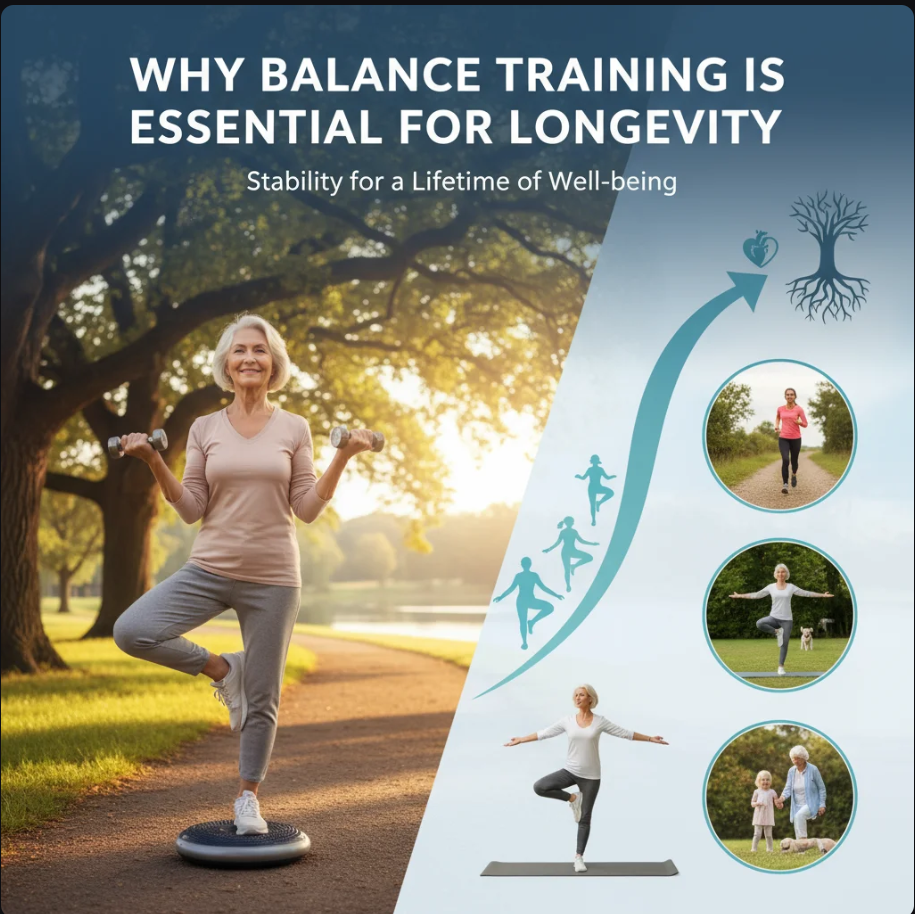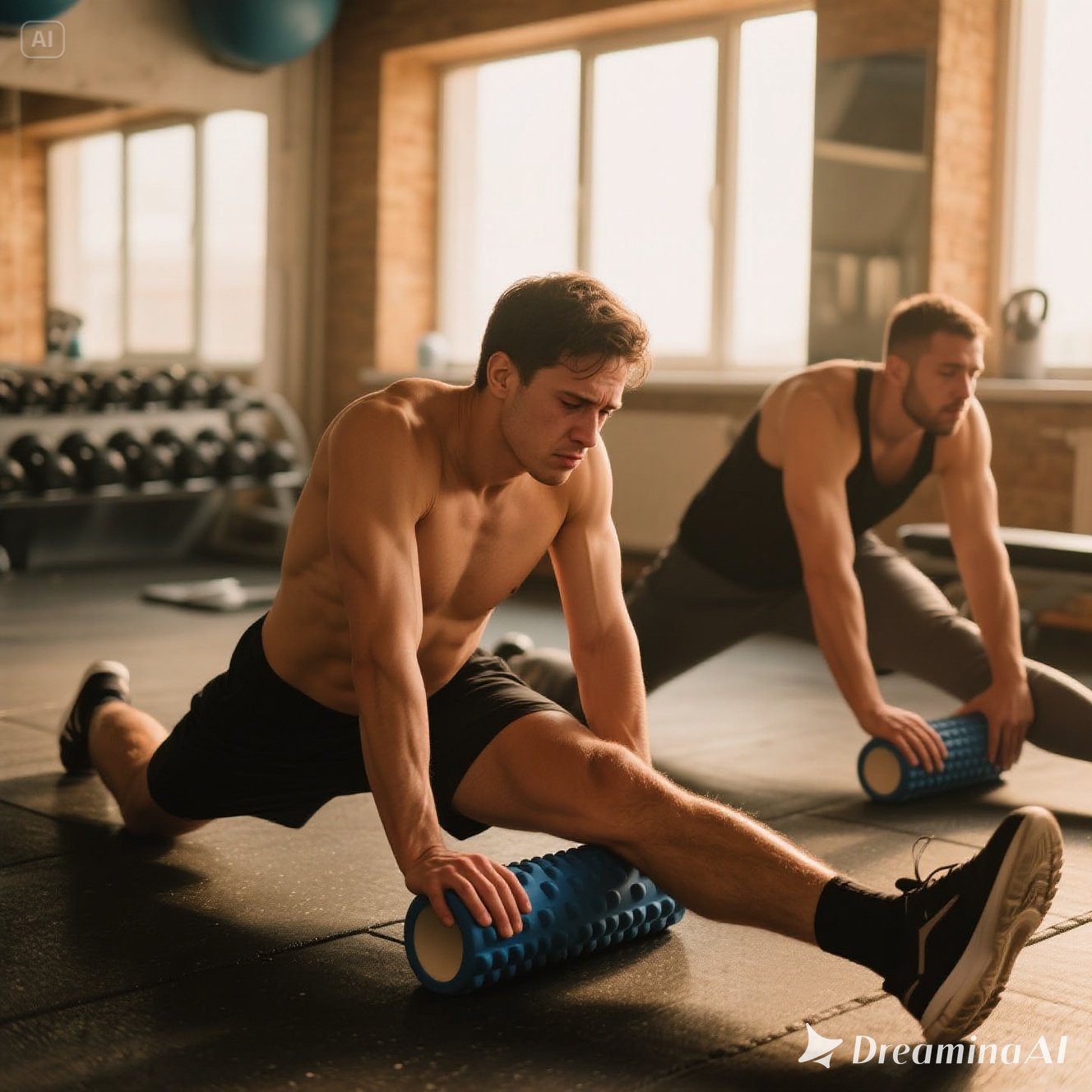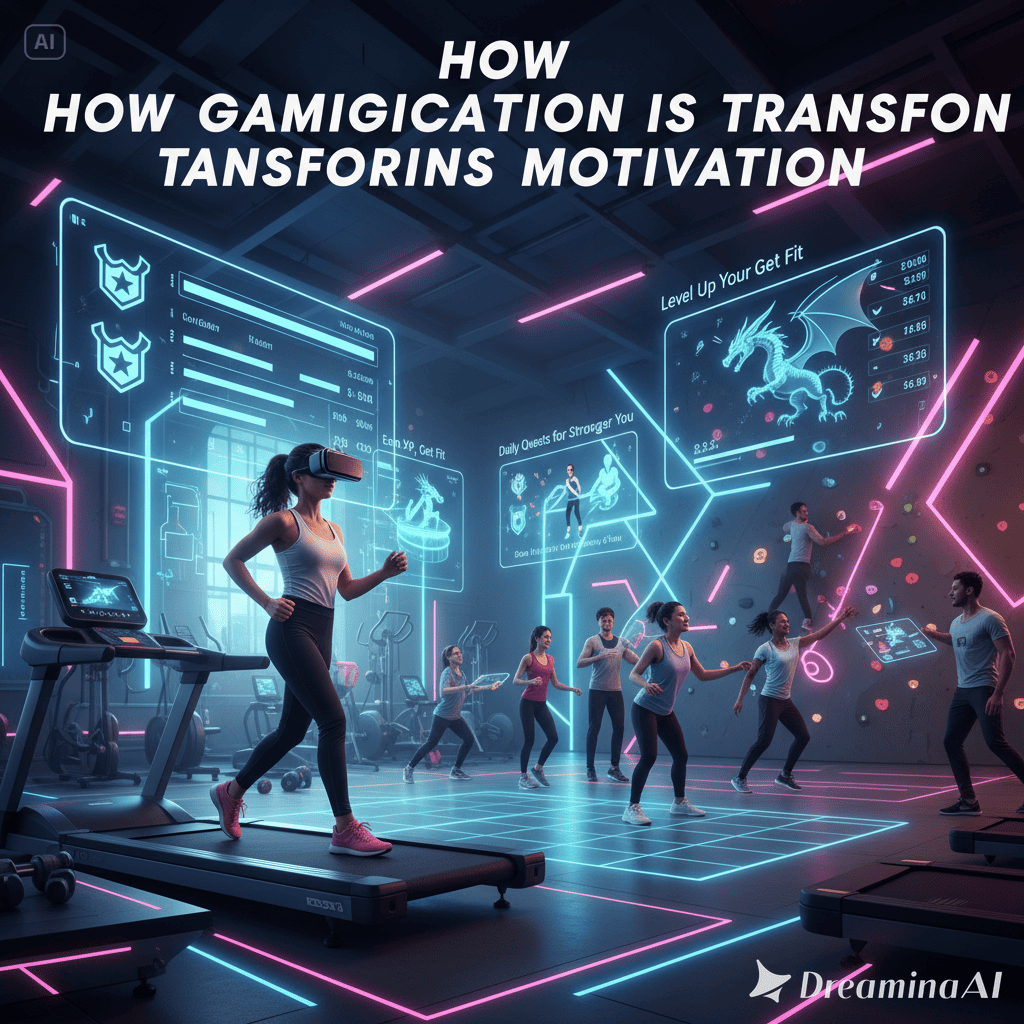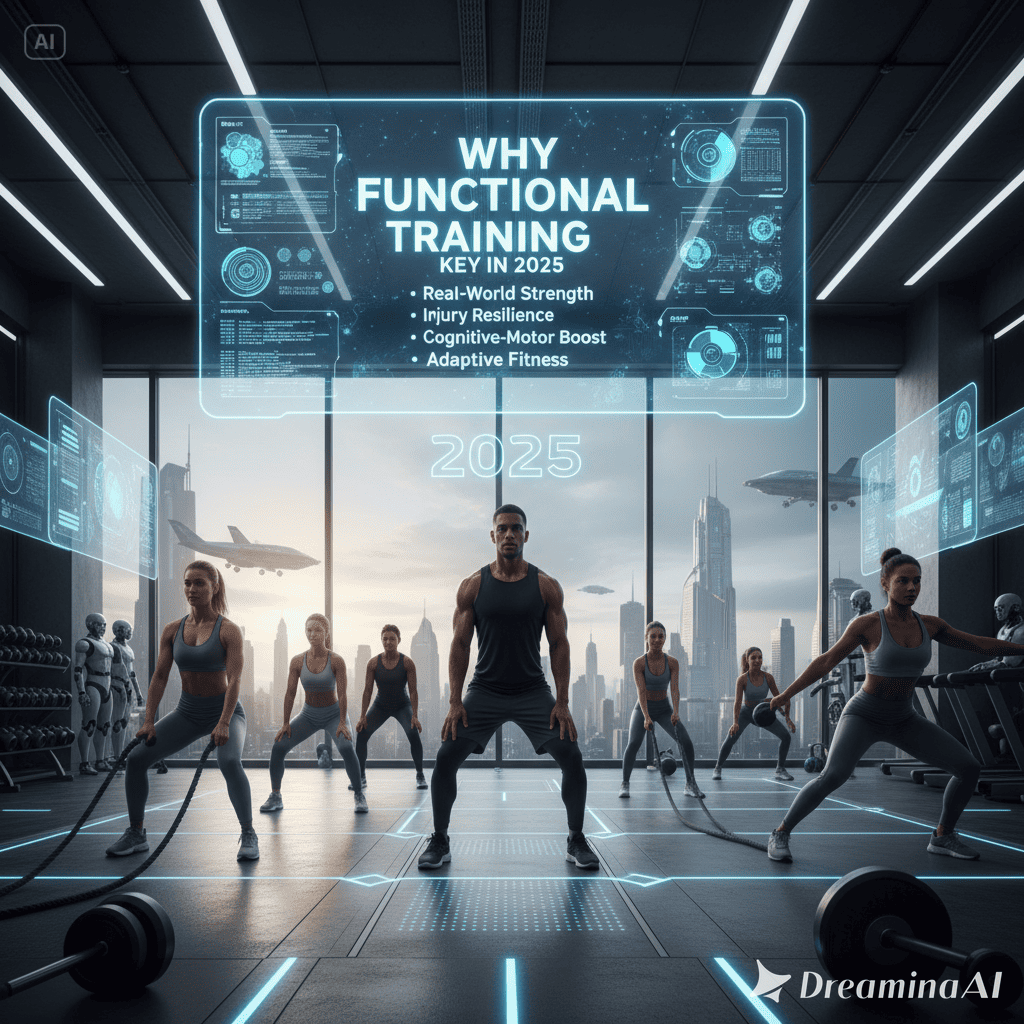Functional training is the key fitness trend in 2025. Discover its benefits for health, injury prevention, and active living in the digital age.
Fitness trends come and go, but some training methods stand the test of time. One of them is functional training, a workout style that focuses on movements mimicking real-life activities rather than isolating specific muscles.
In 2025, functional training is not just a buzzword—it has become a cornerstone of modern fitness. With the rise of holistic wellness, injury prevention, and the demand for efficient workouts, functional training continues to gain popularity worldwide. But why is it considered so important today?
1. What Is Functional Training?
Functional training emphasizes exercises that replicate everyday movement patterns. Instead of focusing only on aesthetics, it trains your body to move better and stronger in daily life.
- Examples of exercises: squats, lunges, push-ups, kettlebell swings, medicine ball throws, and battle rope movements.
- Focus: multi-joint, compound movements that improve coordination, stability, strength, and mobility.
This approach goes beyond traditional bodybuilding—it’s about building a body that’s both fit and functional.
2. Why Functional Training Matters in 2025
a. Addresses Sedentary Lifestyles
With many jobs still involving long hours sitting in front of screens, functional training helps correct poor posture and builds strength in core areas like the back, hips, and shoulders.
b. Efficiency for Busy Lives
Functional workouts are time-efficient—in just 30 minutes, you can target multiple muscle groups and cardiovascular health simultaneously. Perfect for people with packed schedules in 2025.
c. Injury Prevention
By strengthening stabilizing muscles and improving movement patterns, functional training lowers the risk of injuries in daily activities, sports, and even other workouts.
d. Longevity and Active Aging
An increasing number of people focus on healthy aging. Functional training supports mobility, balance, and joint health, helping older adults maintain independence longer.
e. Integration with Technology
Wearables and AI-powered fitness apps in 2025 now integrate functional training programs, giving personalized feedback on form, reps, and recovery.
3. Key Benefits of Functional Training
- Improved Core Strength: Almost every functional exercise engages the core.
- Better Balance and Stability: Essential for both athletes and older adults.
- Enhanced Mobility: Promotes flexibility and joint health.
- Fat Loss & Strength Gain: Combines strength training with cardio for optimal results.
- Mental Wellness: Functional workouts often include group or circuit training, which boosts motivation and social connection.
4. Functional Training vs Traditional Training
| Aspect | Functional Training | Traditional Training |
|---|---|---|
| Goal | Improve movement & daily function | Build muscle size & strength |
| Exercises | Compound, multi-joint (squats, lunges) | Isolation (bicep curls, leg press) |
| Equipment | Kettlebells, resistance bands, bodyweight | Machines & free weights |
| Applicability | Directly improves real-life performance | Mostly for aesthetics |
5. The Role of Functional Training in Sports & Rehab
Athletes in 2025—from soccer players to MMA fighters—use functional training to enhance agility, explosive power, and injury resilience. Meanwhile, in physiotherapy, functional exercises are crucial for rehabilitation, helping patients relearn movement safely and effectively.
6. Future Trends of Functional Training
- Hybrid Workouts: Blending functional training with yoga, HIIT, and mobility drills.
- AI Coaching: Apps analyzing body mechanics in real time for better form.
- Eco-Friendly Gyms: More gyms use natural light, recycled equipment, and open spaces for functional circuits.
- Virtual Reality (VR) Integration: Gamified functional workouts to keep motivation high.
Conclusion
In 2025, functional training stands out as the key to achieving fitness that’s practical, safe, and sustainable. Unlike traditional training that focuses mainly on aesthetics, functional training builds a body that can handle the demands of modern life, prevents injuries, and promotes long-term health.
Whether you’re an athlete, a busy professional, or someone aiming to age healthily, functional training is the smart choice to stay fit and resilient in today’s world.
Recommend :













